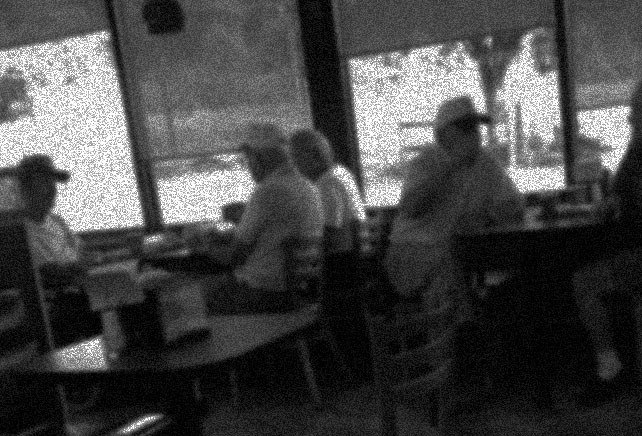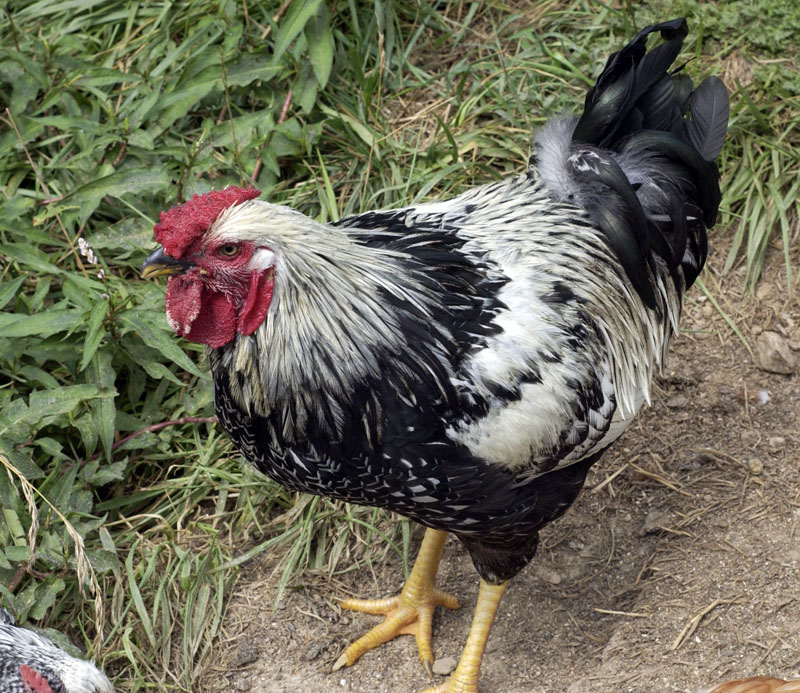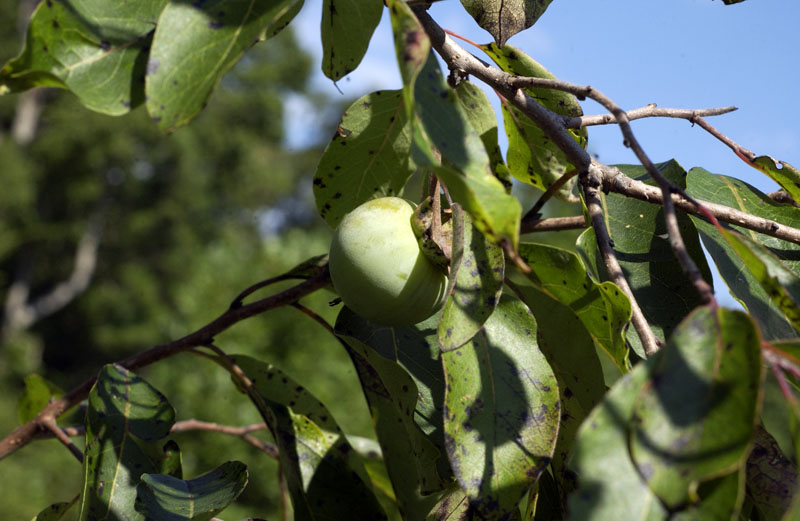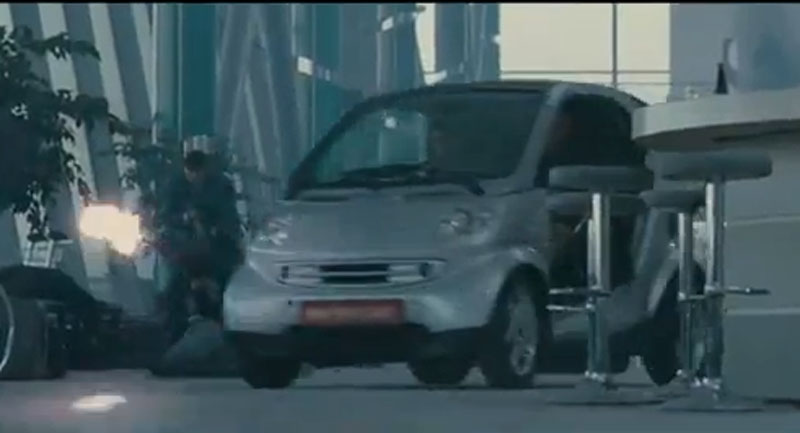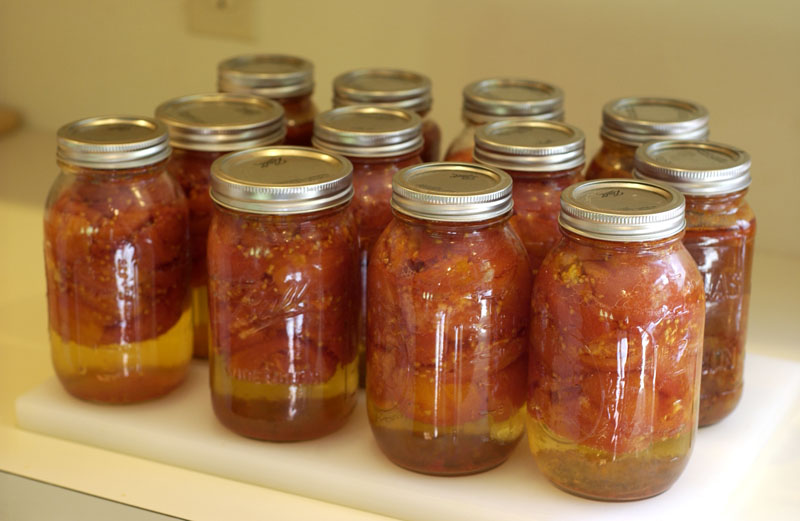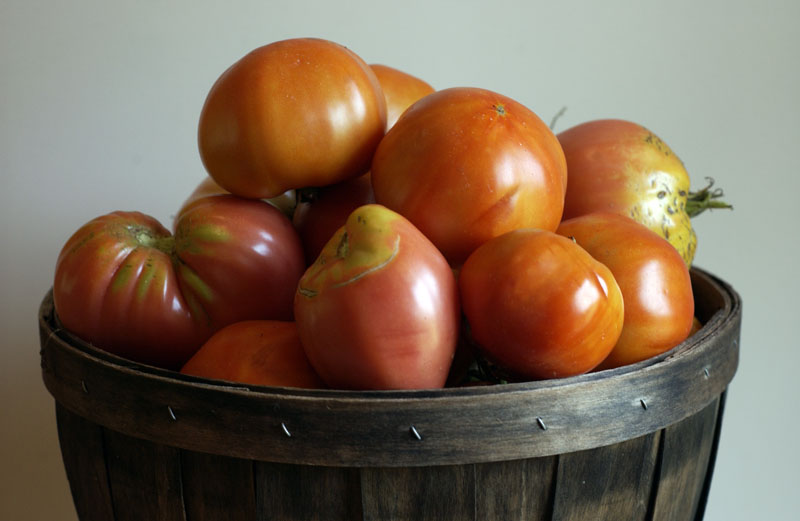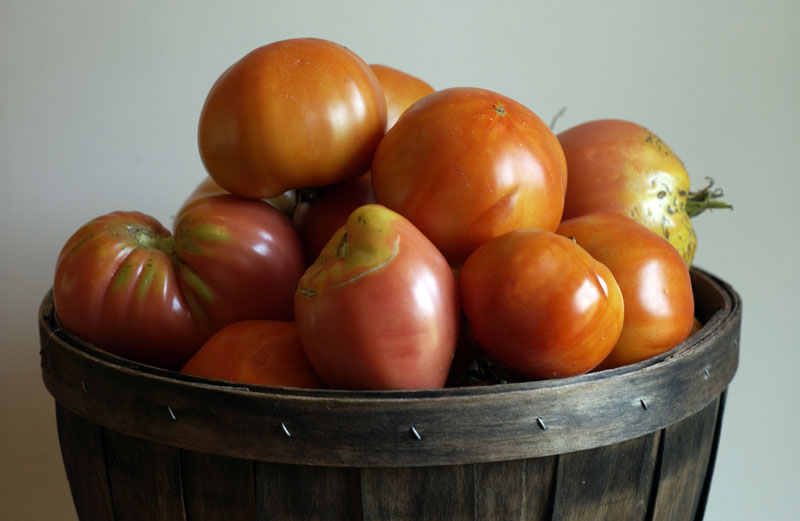
NASA Multimedia Gallery, released for public use
When I was a child in the 1950s, cars were incredibly unsafe. No one had ever seen a safe car, and people were only just beginning to imagine safe cars. It was very common in those days to hear of fatal wrecks, and all too often those wrecks involved someone you knew. It was during the 1950s that some people began to imagine safer cars. For example, take a look at this article from Popular Science from 1955.
The steady improvement of automobile safety over the decades is a great example of a cooperative effort by government and corporations. Some corporations at first resisted building safer cars. They didn’t think there was a market for it. They were wrong, of course, and eventually automobile manufacturers started to engineer for greater safety. In 1968, government regulators started requiring shoulder belts and collapsible steering columns. In 1969, head restraints were required. Whiplash injuries were very common before head restraints.
The integration of computers into automobile control systems opened up new possibilites. Anti-lock brake systems are a good example. Though much of the anti-lock brake system is hydraulic, it relies on a digital controller. The most amazing system yet, though, is the electronic stability control system. This system monitors the wheel speed, the direction in which the steering wheel is pointed (to understand the driver’s intentions), and a “yaw” sensor, which determines the direction the car is actually headed. If the car is sliding sideways, for example, the yaw sensor would allow the control computer to know it. By comparing the actual trajectory of the car with what the driver says he wants (as revealed by the steering wheel), then the system can use the brakes (each wheel independently) and the throttle to make the car go where the driver wants it to go.
Last night, driving home from Winston-Salem, I experienced one of these systems for the first time. It felt like a miracle. I was traveling at about 45 miles per hour on a dark country road. Suddenly a deer jumped out in front me from some heavy vegetation on the right side of the road. I hit the brakes, hard. Without anti-lock brakes, I’d have heard squalling tires, and, depending on the conditions, I might or might not have been able to steer the car. Instead, I heard a rapid “clicking” sound from all the brakes, and I felt a pulsing in the brake pedal. There were no squealing tires. The car just … stopped, and it continued in a straight line until it stopped. I figure that I missed the deer by about 10 feet. Without anti-lock brakes, I’m sure I would have hit it.
That quick stop did not engage the electronic stability system. If I’d had to swerve to miss the deer, the stability system might have been activated. The worst case scenario is when some sort of obstacle in front of you requires that you brake, steer sharply in one direction, then sharply back in the other direction. It causes a kind of inertial whiplash, and this is exactly what causes an SUV to flip and roll over. If you’ve ever been in this situation, the feeling is sickening. I had it happen once, 10 or so years ago on a freeway in California. I strongly felt my Jeep Wrangler wanting to roll over. It didn’t happen, either because I deftly used the steering to reduce the inertial force that was sending me up onto two wheels (try steering then!), or I wasn’t going quite fast enough to roll.
I consider myself a good driver. My reaction to the deer last night was so fast that I wasn’t even conscious of why I’d hit the brakes until the deer was almost across the road. I’ve never had an accident in more than 45 years of driving. But in a close call, one wants all the help one can get.
My 2001 Jeep Wrangler has air bags, but 2001 was a little early for digital systems, at least in the Jeep Wrangler. I have greatly desired a car with the new digital systems, and that was part of my decision to get a Smart car. The Smart car is the least expensive car you can get that has those systems … not to mention eight air bags.
It took only six weeks of driving the new car for the anti-lock brakes to pay off. With luck, I’ll never get into a situation in which I need electronic stability control. But it’s good to know it’s there.
Let’s hear it for those automotive safety engineers.


